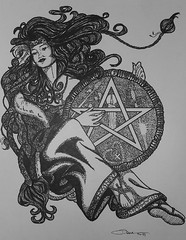What Does Top-notch ‘the Empress’ Tarot Card Truly Point To?
The news of tarot cards started around the 15th century, a century after cards were introduced in Europe beginning with the rising towns in Italy. The evolution of Tarot as we know it now has a variety of stories and legends. The mystical first-rate of tarot cards intrigues scholars, historians and spiritualists. Tarot cards were leading used as game fragments like regular decks, disparate from what we think of tarot cards now, although a reference to Tarot as a set of devil cards was made in 1450. The humanism of tarot cards started in Egypt, which is the same civilization that championed astrology.
Tarot cards are separated into one major arcana and five suits, namely: The Major Arcana, The Suit of Wands, The Suit of Coins, The Suit of Cups, and the Suit of Swords.
The suits are separated as well. Their points’ worth and specific meanings are determined by being one of Oudlers/Trulls, Kings, Queens, Cavaliers, Jacks, or Others. Oudlers and Kings have the same value; the others from Queens to Jacks are worth one point less than their predecessors.
Despite this, the English-speaking world pays more attention to the divinatory meanings of the cards, which will be tackled in the next area.
Tarot card meanings are generally changing – and they show also changed drastically through time. In the present era, but, there are common interpretations for cards. Minor arcana cards, for example, carry with them a widely astrological meaning that varies depending on the time of year. The court cards, on the other hand, talk of variant members of public. Their nature customarily talks about the personal and emotional properties of these humans.
To go into specific cards,
